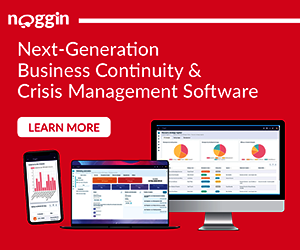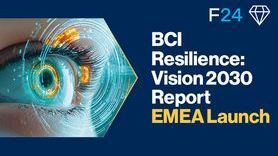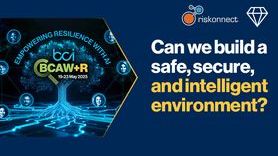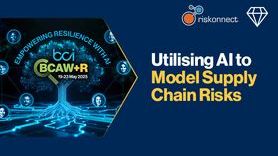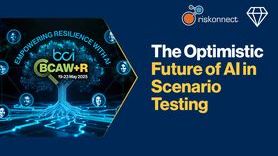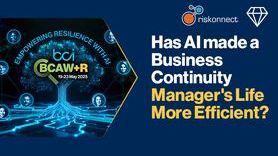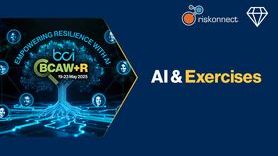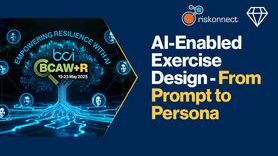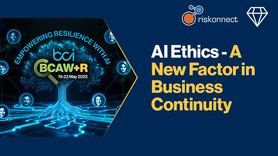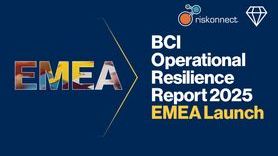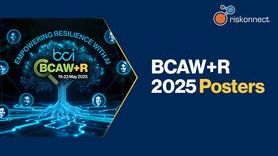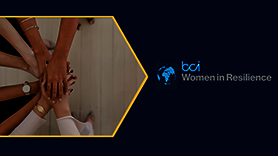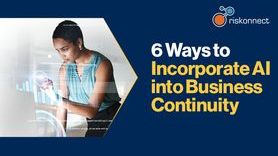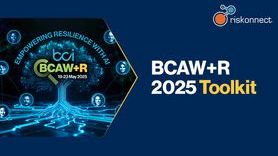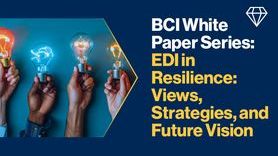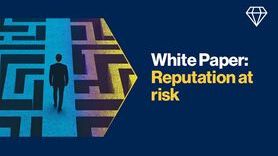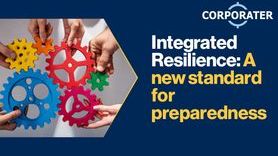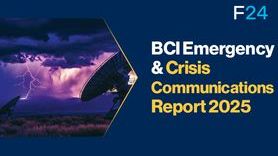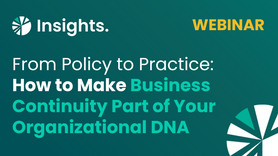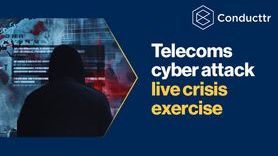Flip the minds for your Business Continuity Strategies: the use of Reverse Brainstorming
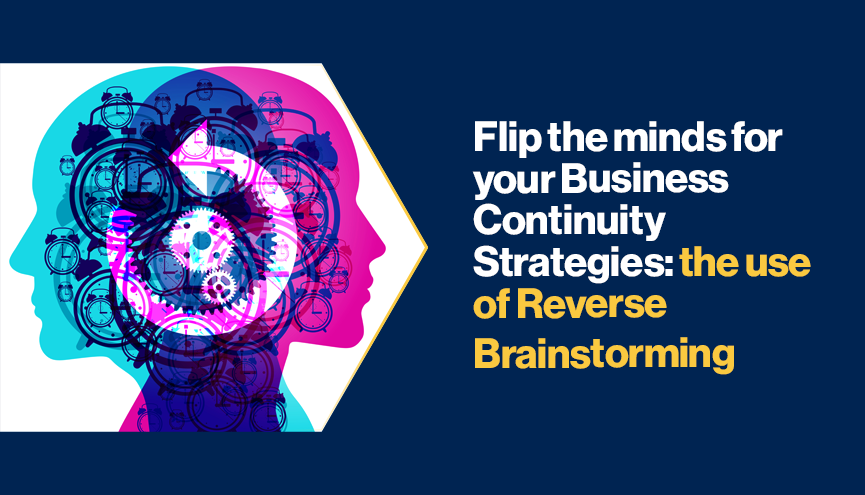
In some cases, the identification of the Business Continuity Strategy represents a hard step in the Organizational Resilience journey. We may wonder why so.
When the business management is focused on the day-by-day problem solving or in mastering business goals achievement, it is challenging to be visionary in figuring out how increase the resilience in the organization.
The reverse psychology can support us in these situations and suggest us to flip the minds focusing first on the problem’s identification, then transforming them in solutions: this entails reversing the approach, applying the reverse brainstorming method instead the standard one.
Let’s see in detail what this means.
The reverse brainstorming (also known as negative brainstorming) is a method that uses brainstorming to generate bad or worse hypotheses about the problem with the aim of transforming them in good solutions.
This technique invites teams to think of problems, instead of solutions.
But why?
We can recognize that in our organizations, people tend to approach a problem in a highly analytical manner more than a creative one.
The reverse Brainstorming leans into this natural tendency to criticize and see flaws in a plan, then after identifying these problems it proposes to move onto trying to solve those problems, and then outlining a strategic plan for ongoing success. Because if you can identify potential problems, you’ll be better equipped to prepare for them and overcome them.
Reverse brainstorming is a creative way of flipping our perspective and turning problems into opportunities, shaking up old way of approaching things and pushing the brain into new prepositive directions, contributing on building resilient mindsets in our teams and organizations.
As coaching approach, if your team is overwhelmed or bogged down in a project or a problem, flipping the approach can be a good way to take advantage of that negativity. Instead of shutting down the problems, you can use them as the jumping off point for some ideation.
Let’s see in practice the difference between brainstorming and reverse brainstorming
In traditional brainstorming, you begin by identifying a problem, e.g.: How can we ensure the continuity in our business? How can we ensure the delivery of our services and products during a disruption? and the team shares their creative ideas, for instance: Make our supply chain more resilient, duplicating our critical equipment. However, the ideas you generate may not actually be relevant, practical, or even possible, so the session ends up being pointless or low efficient. Alternatively, if one dominant voice pushes its idea, others get swept to the side without much consideration.
Whereas in reverse brainstorming, you start by considering all the possible problems that you might encounter, for instance: what can stop the availability of our critical supplies, what can stop our supply chain, what can block our production for weeks. This will subsequently generate much more relevant and directly applicable scenarios and consequently concrete solutions. In addition to the ideas already present, this allows people to generate new ideas based on their day-by-day operative problem solving.
Let’s see the methods in it steps
- Identify the Problem – Identify a concrete roadblock for the continuity of your business and write it down.
- Reverse the Problem: For example; instead of asking ‘how can I remove it? Ask ‘How can I make it worse?
- Collect the Outcomes: Brainstorm to figure out all possible reverse solutions. Everything is possible: reject nothing!
- Reverse Solutions: Flip the reverse solutions to design real solutions for the analyzed criticality.
- Evaluate the Ideas: Evaluate and decide if a real suitable solution can be formed.
As you can recognize, the above steps start and end in a similar matter to the ordinary brainstorming process. However, the inner steps are reversed to reach the best solution through understanding the worse cases.
Let’s see the possible applicable RB questions for the Business Continuity:
Requirements identifications: what is the worst compliance and regulatory effect in the disruption and recovery?
Risks identification and assessment: How can this fail?
Solutions Identification: how could we make this problem worse?
Strategy Identification: what is the worst that can happen? What is our main nightmare?
Improvement: how we could have gotten worse results/outputs? How could you make things worse?
Let’s move towards resilience
Business Continuity is a pillar in the Organizational Resilience Journey, considering that this can be achieved and increased working, supporting the personal and individual resilience of our people. The introduction of this kind of different methods can contribute easily and efficiently in the creation of a new business mindset, while focusing on the opportunity that tangible daily problem can present to us.
To be the first to know about BCI News and more follow us on LinkedIn here, or on Twitter @TheBCEye


